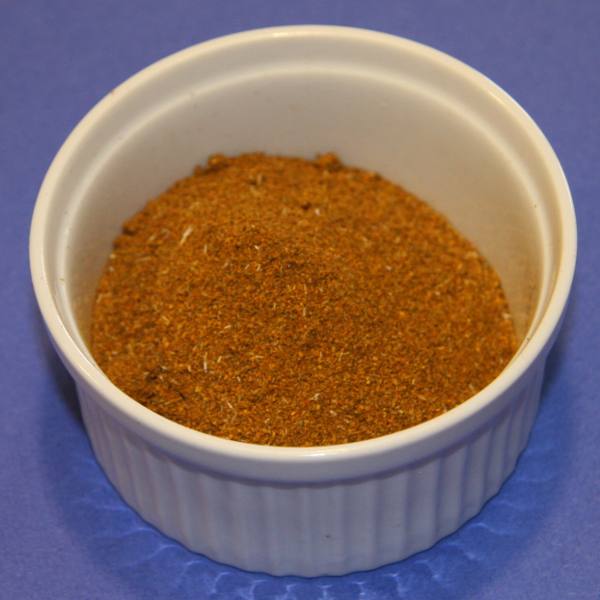Back to Natural Dyes
Marigold, Dried Flowers
$3.63 – $13.50
Ground, dried flower heads from common Marigolds, Tagetes spp.
Used on protein or cellulose fibres, giving yellow, orange or green-yellow depending on mordant. Use at 20-30% WOF for medium shades. Makes a good base for producing greens with an overdip of Indigo.
TO USE: soak in warm water overnight. Simmer in liquid 30-60 minutes at 155-160°F. Cool, strain, add more water if necessary then simmer premordanted fibre for 30-60 minutes at 155-160°F.
Light and washfastness: moderate to good with a mordant.
Related products

Weld, Dried Chopped
Dried and chopped tops from Reseda luteola.
Use on protein or cellulose fibres. An ancient source of excellent bright yellows. Pre-mordanting recommended. Alum/c.o.t. mordant gives good results. Use at 30-50% WOF for medium shades.
TO USE: soak in water overnight, then simmer mixture at 160-175°F for 1 hour. Cool and strain. Add more water if needed and enter pre-mordanted fibre. Hold at a 160-175°F for one hour. The brightest yellows develop at these cool temperatures.
Light & washfastness: very good.

Cutch, Ground Extract
Ground resin extract from Acacia catechu, sometimes called Catechu.
Use on protein or cellulose fibres. A source of lovely rich browns and rusts. Substantive but pre-mordanting recommended. Use at 20-50% WOF for medium shades.
TO USE: soak 24 hours in water to dissolve, stirring occasionally. Place extract and fibre in dyepot and add more water if necessary. Bring to a high simmer for 1 hour. Let fibre cool in dye liquor for at least one more hour or overnight.
Light and washfastness: excellent

Brazilwood, Sawdust
Sawdust or extract from a tropical tree, Caesalpinia punctata. This species is from southeast Asia and is not the endangered species native to Brazil but still produces good, rich colours. It is also called Sappanwood or Eastern Brazilwood.
Use on protein or cellulose fibres. Best with a premordant. A classic dye that gives rich crimson, purple or pink, depending on the mordant. Brazilwood is very generous and, although expensive, a dyebath can yield up to 7 or 8 successive dips. Have plenty of fibre prepared, soaked and ready! Light and washfastness is rated as average.
SAWDUST: Use at 20-100% WOF for medium to strong shades. Soak in water and/or rubbing alcohol for a few hours. Spread on a tray to air overnight. Add to water and simmer 1 hour. Cool and strain. Observe dyebath colour. If it leans towards scarlet-orange, stir in a teaspoon of Soda Ash to push the pH higher and change the dyebath to more of a purple-red. Add small amounts of Soda Ash until this happens. Enter premordanted fibre to dye liquor and simmer 1 hour.
EXTRACT: Approximately 6 times stronger than sawdust or chips. Use at 20-50% WOF for medium to strong shades. Dissolve in hot tap water and add to dyepot. Adjust pH with Soda Ash as outlined above. Enter premordanted fibre to dye liquor and simmer 1 hour.

Cochineal, Whole
Whole dried insects.
A scale insect native to Mexico/Central America that feeds exclusively on prickly-pear cactus. Cochineal is a very common source of red food colour with a long historical use. No mordant is required although they will extend the colour range in interesting ways. Use at 3-10% WOF for medium, 10-20% WOF for strong shades. Cochineal is expensive but very generous and can easily give 8 or more successive dips from the same dyebath. Have plenty of fibre ready and waiting!
TO USE: grind finely in a coffee grinder (Cochineal is non-toxic but may stain your next pot of coffee). Soak overnight in cold water with 5% Cream of Tartar to WOF. Simmer 15 minutes, cool and strain -- we find a sieve lined with moist paper towel does the trick. Return to pot, add more water if necessary then enter the fibre and simmer for 35 to 45 minutes.
Light/washfastness: excellent


